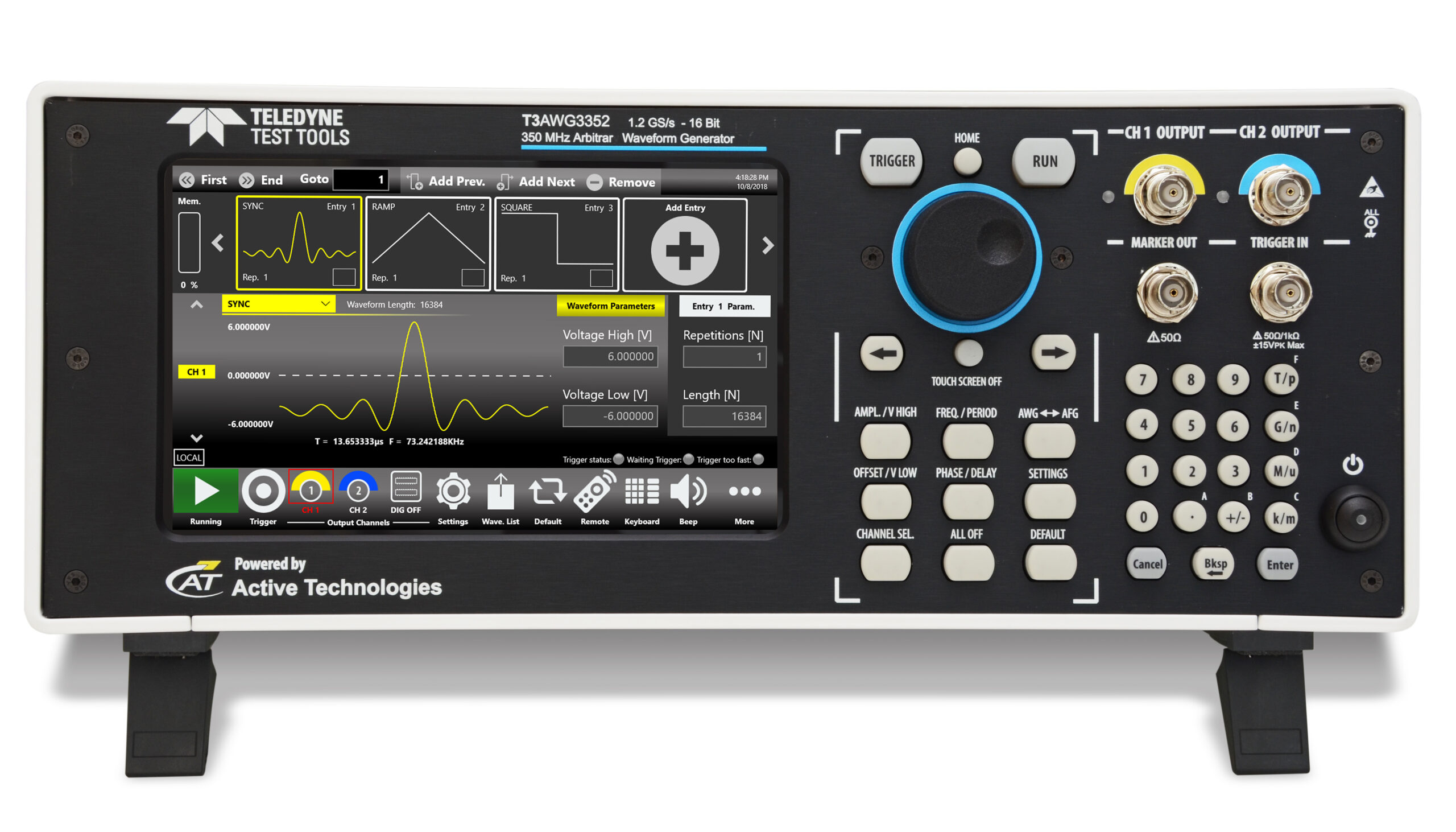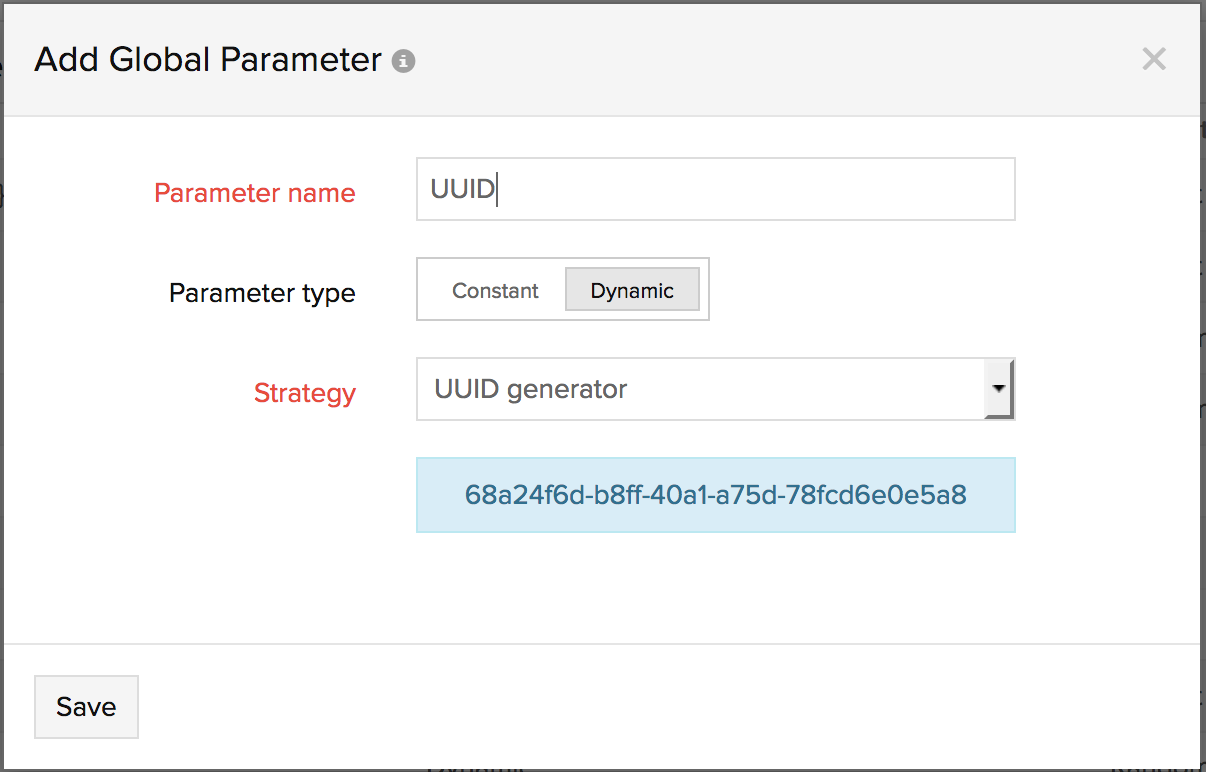


Each bit you add to a type-4 style UUID will reduce the probability of a collision by a half, assuming that you have a reliable source of entropy 2.īuild a centralized or distributed service that generates UUIDs and records each and every one it has ever issued. For instance, instead of a 128 random bits, use 256 or 512 or. Is there a better system or a pattern of some type to alleviate this issue? UUIDs are safe enough for nearly all practical purposes 1, and certainly for yours.īut suppose (hypothetically) that they aren't. So pick a good library or generate it yourself and make sure you use a decent PRNG algorithm. It's going to be a very very long time before I see a repeat UUID. Mersenne twister has a period of 2^19937 − 1. In my case, the PRNG I'm using is a Mersenne Twister and I'm being careful with the way it's seeded which is from multiple sources including /dev/urandom. In fact I'm using it to identify blocks on a network block file system and so far have not had a clash. On the flip side, if you know the answer to these questions then I think a version 4 UUID should be very safe to use. Therefore, it's only as safe as the algorithms used to generate it. favoring certain numbers more often than others. Some random number generators also have poor variance. If a poorly seeded PRNG with a small period is used to generate the UUID I would say it's not very safe at all.
#128 BIT UUID GENERATOR GENERATOR#
However, many of these use a Pseudo Random Number Generator (PRNG) to generate them. Many UUID generators use a version 4 random number. The answer to this may depend largely on the UUID version.
#128 BIT UUID GENERATOR MAC#
So why doesn't everyone simply use Version 1 UUIDs? That is because Version 1 UUIDs reveal the MAC address of the machine it was generated on and they can be predictable - two things which might have security implications for the application using those UUIDs. your are the type of person worried about the earth getting destroyed by a large asteroid in your lifetime), just make sure you use a Version 1 UUID and it is guaranteed to be unique (in your lifetime, unless you plan to live past 3603 A.D.). If you are uncomfortable with leaving it up to probabilities (e.g. So for all practical problems they are safe. But since Version 2 UUIDs are for DCE, you shouldn't be using these. Version 2 is similar to Version 1, but with a smaller clock so it is going to wrap around much sooner. So in terms of safety it is like Version 4 being a statistical issue (as long as you make sure what the digest algorithm is processing is always unique). Version 3 is uses MD5 and Version 5 uses SHA-1 to create those 122-bits, instead of a random or pseudo-random number generator. See Wikipedia or other analysis that describe how very unlikely a duplicate is. There's six fixed bits and the rest of the UUID is 122-bits of randomness. I say "at least" because the clock starts at 15 October 1582, so you have about 400 years after the clock wraps before there is even a small possibility of duplications.

so these UUIDs are safe at least until then (unless you need more than 10 million new UUIDs per second or someone clones your network card). The 128-bits contains 48-bits for the network card's MAC address (which is uniquely assigned by the manufacturer) and a 60-bit clock with a resolution of 100 nanoseconds.
#128 BIT UUID GENERATOR PLUS#
Version 1 is the time based plus MAC address UUID. There is more than one type of UUID, so "how safe" depends on which type (which the UUID specifications call "version") you are using. Source: The Random UUID probability of duplicates section of the Wikipedia article on Universally unique identifiers (link leads to a revision from December 2016 before editing reworked the section).Īlso see the current section on the same subject on the same Universally unique identifier article, Collisions.

This is not feasible, RFC4122 recommends using a namespace variant Where unique identifiers are required for distributedĪpplications, so that UUIDs do not clash even when data from manyĭevices is merged, the randomness of the seeds and generators used onĮvery device must be reliable for the life of the application. Otherwise, the probability of duplicatesĬould be significantly higher, since the statistical dispersion mightīe lower. However, these probabilities only hold when the UUIDs are generated Second for the next 100 years, the probability of creating just one In other words, only after generating 1 billion UUIDs every Of creating a few tens of trillions of UUIDs in a year and having oneĭuplicate. The annual risk of a given person being hit by a meteorite isĮstimated to be one chance in 17 billion, which means the


 0 kommentar(er)
0 kommentar(er)
